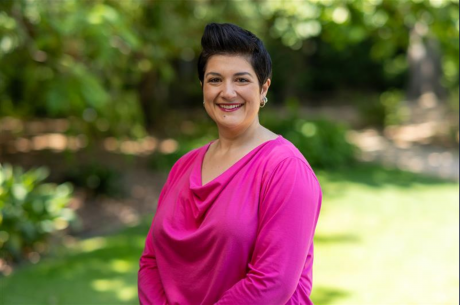With Australia’s success in attracting major sporting events comes the need for major new sporting facilities and infrastructure.
Sporting facilities and “nation-building” infrastructure projects are all exciting. But who is going to design and engineer them? The acute shortages in our engineering workforce are about to get worse.
Engineers Australia estimates more than 50,000 engineers are needed in the next few years1. However, only 8.2% of Australian graduates have an engineering qualification, compared to countries such as Germany (24.2%) and Japan (18.5%).2
Planned new sporting facilities across Victoria for the Commonwealth Games will be “legacy” projects; they will be built to last well beyond 2026. And it’s not just new stadiums and sporting facilities. It’s also all the infrastructure and associated accommodation (including four new Athletes’ Villages).
Like so many things we take for granted (running water, sewerage, electricity, gas, roads, railways), this new infrastructure will have to be designed and built by engineers.
Advertisements are out seeking engineers for major Commonwealth Games venues in Ballarat (Athletics and Para-Athletics) and Geelong (Gymnastics and Aquatics). More will appear soon for Bendigo (Cycling and Bowls) and, of course, Melbourne – which will require airport and transportation upgrades for the throng of expected sports-lovers and competitors.
The engineers required are civil, structural, architectural, mechanical, electrical, traffic, and acoustic, as well as fire safety engineers and construction engineers.
It looks like the perfect time to be an engineer – and yet the profession is in crisis.
Why is this?
Engineering has an image problem – many people do not realise what engineers do, and how much society depends on us. Too few know what engineering is – it’s not just roads and bridges – and what a varied and rewarding career it can be.
So how can we get people excited about not just our golden decade of sport, but being the engineer behind it?
We need to encourage our bright young people to pursue a career in engineering, and aspire to be our next generation of designers and builders. We need industry-led development of our early career graduates.
We need more women to become engineers, breaking down stereotypes and driving innovation.
And we need to value migrant engineers, and support their efforts to join our workforce. Our sporting reputation – and Melbourne’s status as ‘sporting capital of Australia’ – depends on it.
2. https://www.engineersaustralia.org.au/about-engineering/statistics
Chris Stoltz is Professor of Practice in Engineering at La Trobe University. In 2016 and 2017, Prof Stoltz was the President of Engineers Australia in Victoria, the professional body representing engineers and accrediting engineering course in Australia.
This article first appeared in the Herald Sun


